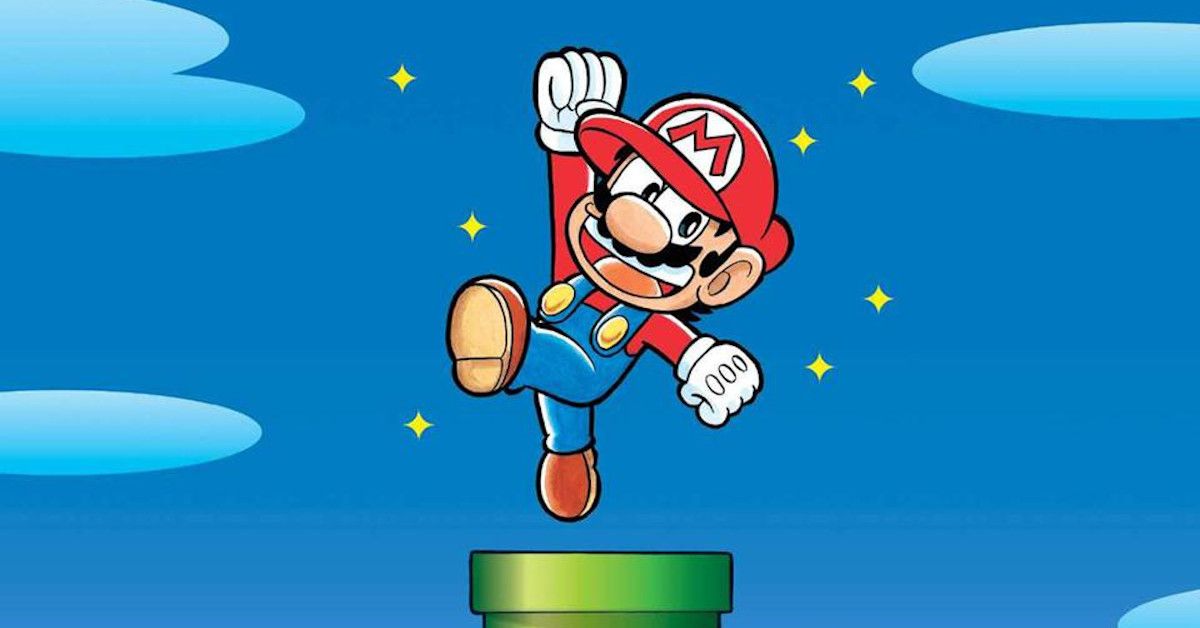While it has been running for nearly 30 years in Japan, Super Mario Manga Mania marks the first time these stories are available in English.
This has been a huge year for Mario between a new Paper Mario game and all of Nintendo’s 35th anniversary celebrations for its iconic mascot. Now, for the first time, English audiences can enjoy the Super Mario-kun manga adaptation, which began running in CoroCoro Comic back in 1990 with an arc based on the then-new Super Mario World.
Super Mario Manga Mania is a compilation of 10 of writer and artist Yukio Sawada’s short chapters, providing new audiences with a good glimpse at the long-running series. The result is a collection of stories that celebrate the franchise’s extensive legacy in a way that’s respectful but, in many instances, incredibly bizarre.
Mario fans in the West who are unfamiliar with the manga may find the concept strange. After all, Mario games are known for their smooth and satisfying gameplay, not their storytelling. Plus, Mario himself is a protagonist of few words, rarely saying more than “Let’s a-go!” or “Wa-hoo!” But while Mario speaking in full sentences might already sound odd in itself, it’s the things he says and the situations he finds himself in that are even wilder.
The book starts with a “warning” of sorts from Sawada stating how many times toilet humor has come up in his series overall. While he implies that these selections are more “decent” than the series as a whole, readers should definitely expect some scatological humor. Super Mario Manga Madness‘ weirdness doesn’t stop there. Some standout moments include Mario kissing a Cheep Cheep, putting lipstick on Gooper Blooper and literally using Luigi as a baseball bat.
Regardless of its stranger moments, the manga (and this collection in particular) does a great job of celebrating the beloved series by incorporating elements from the games. From the start, the Table of Contents maps out the chapters as “Stages” as if it were a level select screen in a video game. The first nine are inspired by or set within a Mario game, including Sunshine, Galaxy and Paper Mario. Then, much like in a video game, there are Special and Bonus stages at the end — which tell a story that’s dramatically different from the others.
